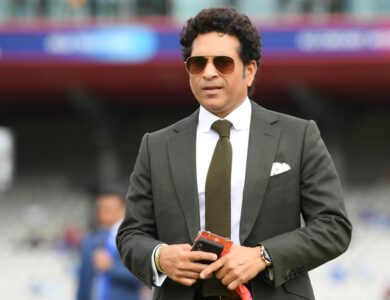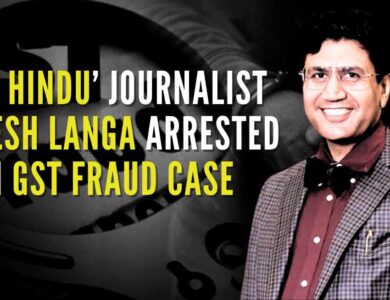
The last meeting between the Indian Prime Minister Narendra Modi and the Canadian Prime Minister Justin Trudeau in Vientiane, Laos, reminded the world of international affairs of a significant difference in opinion between the two governments. In the course of attending the ASEAN Summit, the brief interaction between the two leaders reflected stark disagreements and increasing diplomatic tensions especially in issues of extreme violence allegations.
However, the lead to this diplomatic spat lies in a series of allegations made by Trudeau against India following reports that it could have had a hand in killing a leader among Khalistani separatist forces, Hardeep Singh Nijjar. Nijjar was a citizen of Canada who was assassinated outside a gurdwara in Surrey in June 2023. Apparently, claims made by Trudeau in the Canadian Parliament suggested that there could have been an involvement of agents from India behind the act that sparked off a whirlwind of controversy raked up against New Delhi from all sides.
India has strongly rejected these claims and termed them “absurd” and “politically motivated.” It has maintained the stance that Nijjar is a terrorist ever since it declared him one in 2020. The Indian officials reacted severely to the allegations presented by Trudeau; they maintained that the relations between the two countries cannot be any better unless Canada takes stringent measures against those operating against India from its soil.
According to them, during the recent meeting so described a “brief exchange,” Indian officials had dismissed no substance of safety or security concern but raised a grave issue over what they saw as an inappropriately close relationship with Khalistani terrorists and organized crime in Canada. This alliance, they said, held dual threats, against India, and at least ostensibly against Canada as well, where public safety and prevention of drug trafficking, as well as human trafficking, seemed at stake.
It reiterates what the Indian Ministry of External Affairs has said: that it expects Canada to take strong and verifiable action against those who are promoting violence and extremism within the borders of Canada. Officials clearly said that unless the Canadian government takes action on these issues, repairing diplomatic ties is going to be tough.
The meeting with Modi thus saw Trudeau accept that much remained unsaid but kept mum over the details of his exchange with Modi. There, he asserted that protection of Canadians and keeping the rule of law on top represented the top responsibilities of his government. But when nothing clear cropped up as agenda during the meeting, much eyebrows shot in light of the gravity of issues involved.
However, the complexion of India-Canada tussle is made complicated by some larger geopolitical considerations. The amount of pro-Khalistani sentiment in Canada has been growing because it houses a large proportion of Sikhs who have complained about their need for an independent Khalistan. Though this movement was formed based on certain historical grievances, it has come in for criticism because it has been joined with causes of extremism and violence. The situation is very critical to the horror of Indian officials, who express deep concern that the emergence of such malpractices can wipe away the safety and harmony between the two nations.
Amidst the complicated landscape of national security, diaspora politics, and international relations, what challenge is really tested is the diplomatic tension between testing the two countries. The call of the current situation requires careful consideration and pro-active engagement at all levels to prevent further deterioration of ties.
At the same time, these new developments between India and Canada reflect the precarious balancing act that it is capable of heeding legitimate security concerns, yet to promote the good and healthy relations of diplomacy. It is in the interest of both nations to address the issue of extremism and work out toward mutual understanding that puts safety and stability first. In this simmering tension, the international community looks hopefully that the seam will resolve into its consideration of complexities and promotes more peaceful coexistence.




